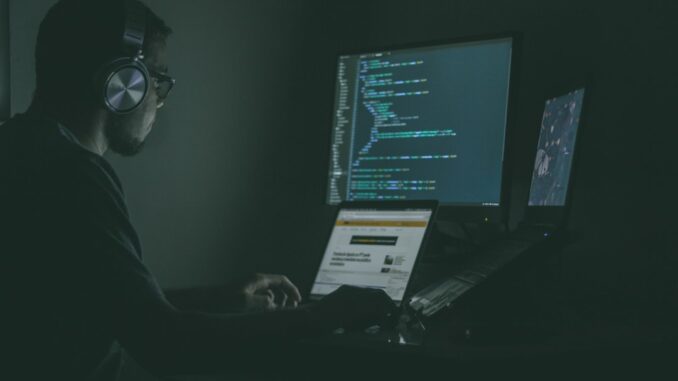
Summary
This article explores 10 of the most impactful ransomware attacks in recent years, highlighting the devastating consequences for businesses, governments, and individuals. From healthcare disruptions to supply chain breakdowns, these attacks underscore the growing threat of ransomware in our interconnected world. The increasing frequency and sophistication of these attacks necessitate robust cybersecurity measures and a proactive approach to data protection.
Explore the data solution with built-in protection against ransomware TrueNAS.
** Main Story**
Ransomware’s definitely not going anywhere, is it? These attacks are becoming a real headache for organizations around the world. We’re seeing operations grind to a halt, data breaches left and right, and, of course, huge financial losses. Let’s take a look at 10 of the most devastating ransomware attacks recently, and see what we can learn. You’ll see a common theme: we need better cybersecurity, and fast.
Healthcare Under Siege – A Disturbing Trend
Healthcare providers? They’ve been getting hammered. And honestly, it’s terrifying. Think about Change Healthcare. That BlackCat ransomware attack was brutal. It basically froze medical claims across the U.S. Patients were stuck paying out-of-pocket because electronic payments just weren’t working. It was a mess. That attack made it clear—healthcare cybersecurity has HUGE holes.
Ascension Health, another massive healthcare system, got hit hard too. The aftermath? Delayed patient care, systems taken offline, and a scramble to control the damage. What’s more, Lurie Children’s Hospital in Chicago went through something similar. Seriously, how can these places function when their systems are down? I mean, it’s patients lives at risk, you know?
Supply Chains Crumbling, Economies Suffering
Ransomware doesn’t just stick to one sector. It spills over, messing up supply chains and causing major economic damage. Take CDK Global, for instance. They provide IT solutions to car dealerships. When they got hit, thousands of dealerships nationwide were affected. No sales, no repairs, and forget about registration or inventory. The automotive industry took a major hit financially, with no clear end in sight.
And don’t forget Blue Yonder, the supply chain management software provider. Starbucks, Sainsbury’s, Morrisons Supermarkets? All affected. Scheduling, payroll, warehouse management, it was all disrupted. Companies were stuck rebuilding critical systems from scratch, and it showed just how fragile these global supply chains really are. It makes you wonder how much we rely on these systems, doesn’t it? You really have to start thinking about these edge cases.
Government and Infrastructure: Vulnerable Targets
Government agencies and critical infrastructure? Also in the crosshairs. The City of Cleveland? Hit with an attack that shut down City Hall and disrupted essential services. A friend of mine who works there told me it was pure chaos. It just shows how exposed these government systems can be and how easily things can fall apart.
Similarly, the Port of Seattle was hit. And of course, the NHS in the UK is another sobering example. Personal and health information of almost a million patients was stolen. Can you imagine the chaos? The direct impact on human life and well-being is just unimaginable. It’s not just about money; it’s about people’s lives and well being, and privacy.
Financial Institutions: Always a Target
Let’s be honest, financial institutions are always going to be a prime target. The attack on LoanDepot disrupted operations and exposed vulnerabilities. And, the VNDirect Securities attack? That highlighted the growing threat these institutions face worldwide. You just have to assume they’re under constant attack, every second of every day.
Where Do We Go From Here?
These ten attacks? Just a glimpse into the evolving world of ransomware. They’re happening more often, they’re more sophisticated, and the impact is bigger than ever. We need to prioritize cybersecurity, beef up our defenses, and develop proactive strategies.
The future of cybersecurity depends on it. It’s a collective effort, and we need to be prepared to combat this growing threat and protect our interconnected world. It’s going to be a tough fight, but we can’t afford to lose.


The healthcare attacks are particularly concerning. The disruption caused by the Change Healthcare incident highlights the need for improved cybersecurity protocols and data redundancy strategies within the sector to ensure continuity of patient care during such events.
Absolutely! The Change Healthcare event really underscored the importance of data redundancy. It made us realize that robust backup systems aren’t just a ‘nice to have’ – they’re crucial for maintaining services when attacks happen. Perhaps a move to more secure cloud storage could help with this issue.
Editor: StorageTech.News
Thank you to our Sponsor Esdebe